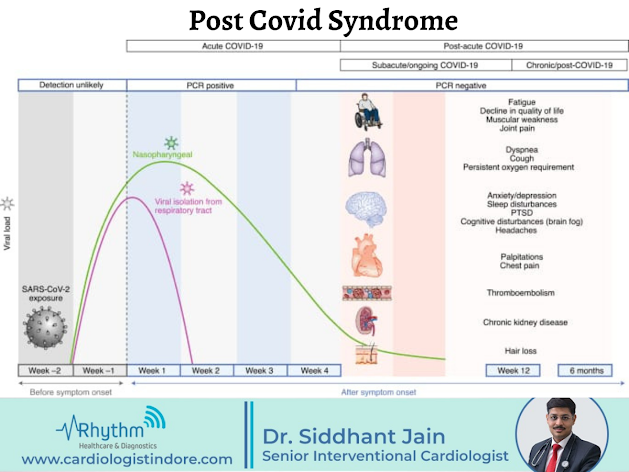Echocardiography (ECHO) | Cardiac Sonography | Purpose | Types - Cardiologist Indore - Dr. Siddhant Jain.
Echocardiography Procedure - Cardiologist Indore
Echocardiography is also known as Echocardiogram, Cardiac echo, Cardiac sonography.
This is a test that uses standard 3D, 4D and Doppler ultrasound (GE LogIQ C9) machines to create images of the heart. By performing ECHO we can see the pumping of the heart chamber.
Echocardiography is routinely used in diagnosis tests. It is one of the most widely used diagnostic tests in cardiology. It can provide useful information on the size and shape of the heart.
An echocardiogram create ultrasound images of heart structures, and also produce accurate assessment of the blood flowing through the heart
Doppler echocardiography, using pulsed- or continuous-wave Doppler ultrasound. This allows assessment of both normal and abnormal blood flow through the heart.
Color Doppler is used to visualize any abnormal communications between the left and right sides of the heart. The Doppler technique can also be used for tissue motion and velocity measurement.
Types of Echocardiography ( ECHO) |Heart Specialist - Dr. Siddhant Jain
1. Transthoracic Echocardiogram (TTE):- Transthoracic Echocardiogram is also known as a transthoracic echocardiogram or cardiac ultrasound. This is the most common type. This is a noninvasive, highly accurate, and quick assessment of the overall health of the heart.
2. Stress echocardiography:- Stress echocardiogram is also called stress echo. Uses ultrasound imaging of the heart to assess wall movements in response to physical stress.
A stress resonance is not invasive and is performed in the presence of a licensed medical professional, such as a cardiologist, and a cardiac sonographer.
3. Intracardiac echocardiography :- Intracardiac echocardiography (ICE) is specialized form of echocardiography that uses catheters to insert the ultrasound probe inside the heart to view 2D structures from within.
4. Intravascular ultrasound:- Intravascular ultrasound (IVUS) is a form of echocardiography that uses a catheter to insert an ultrasound probe inside blood vessels. It is used to measure the size of blood vessels and to measure the internal diameter of a blood vessel.
5. Three-dimensional echocardiography technology using anatomy, or organ-modeling technique, can automatically identify anatomy based on generic models. This technology can provide patient-specific three-dimensional modeling of the heart and other aspects of the anatomy, including the brain, lungs, liver, kidneys, rib cage, and vertebral column
Uses of Echocardiogram ( ECHO )
Problems with heart valves such as mitral valve prolapse can be detected as the test can visualize the motion of your heart valves.
An echo is often used to measure the left ventricular ejection fraction to evaluate the effectiveness of various cardiac treatments in conditions such as heart failure.
An echo is also helpful in evaluating congenital heart disease.
If you have a cardiac arrhythmia, which is an irregular rhythm, an echo can assess your heart movement, which may help in determining the exact cause and best treatment.
Echocardiograms are also sometimes used in conjunction with stress test for cardiac evaluations
For More information visit our website :- www.CardiologistIndore.com
.jpg)


Comments
Post a Comment